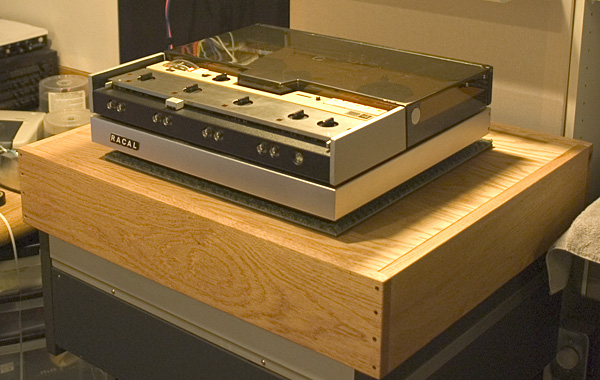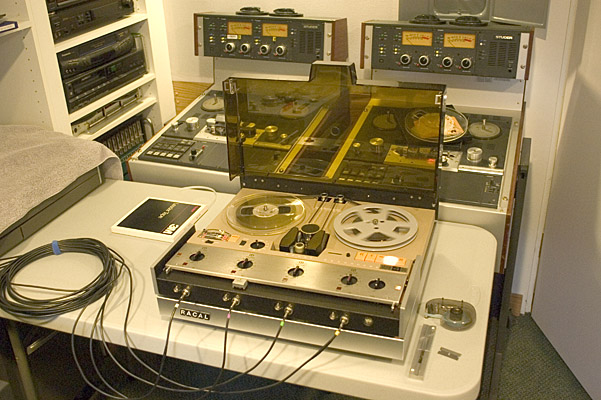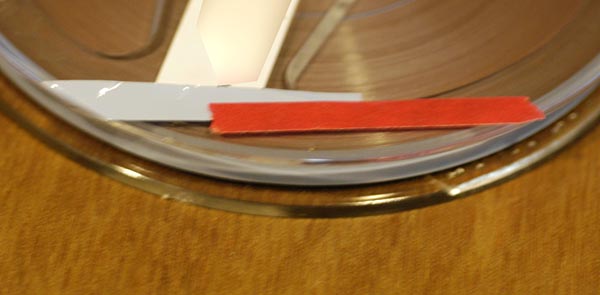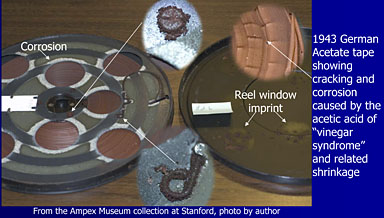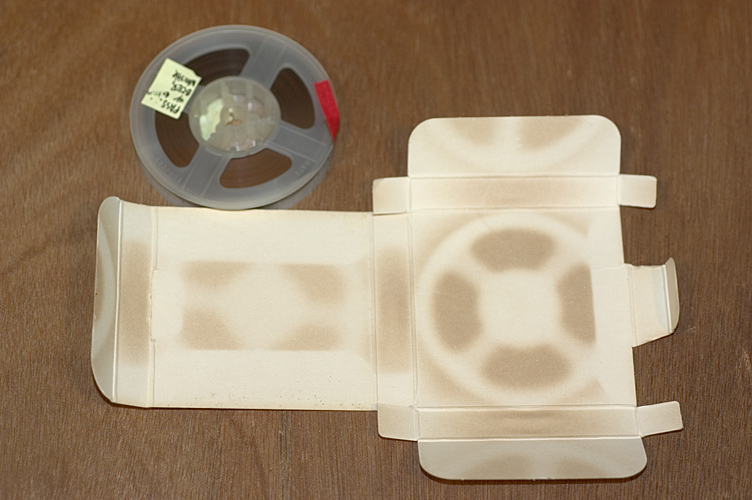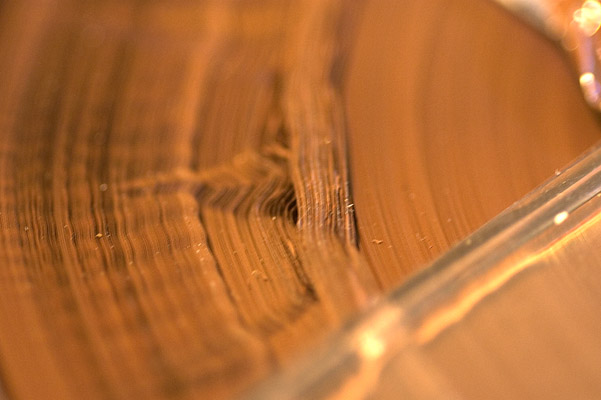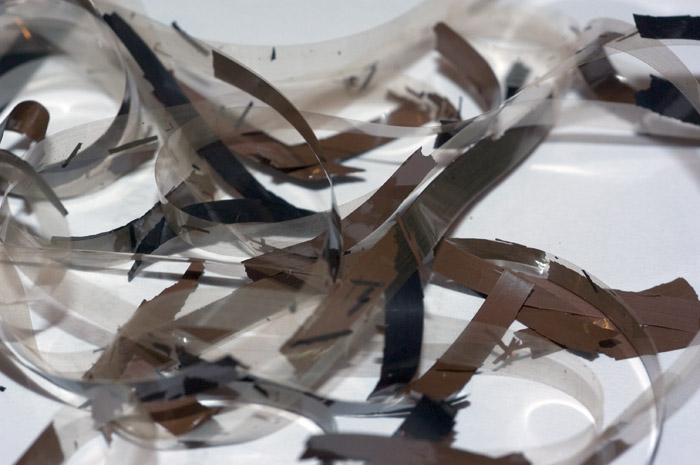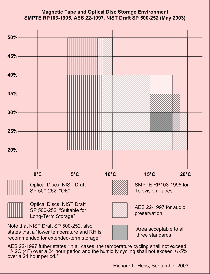This article was first written in January 2015, with minor revisions in 2018. The revisions made in 2024 are highlighted, like this line. The deletions are struck through.
There are many factors that affect the ability of people like us to digitize tapes for you, our clients.
One of the most difficult issues to balance is the physical space that different formats take up, the ongoing maintenance of these formats, and, to be brutally honest, their return on investment.
What we discovered is that some of the machines we were archiving for future use would not work when they were brought out of storage. Rubber parts, capacitors, and lubrication are probably the most prevalent causes of failure. We have said to clients more than once (with a wry smile), “Yes we can probably restore your tape, but first we need to restore a machine.”
Manufacturer and maintenance depot support for various formats is waning or fully discontinued. Parts are hard to come by, and good machinists with an interest in doing this are either non-existent or very expensive.
